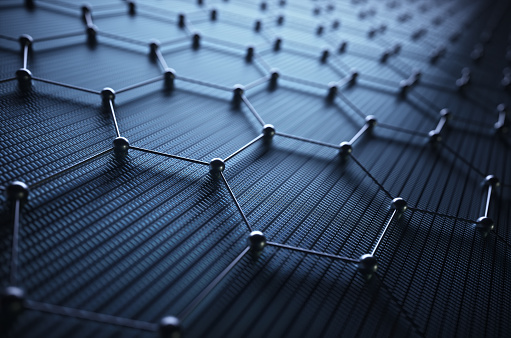Receipts
In every transaction, payment, and order, there is almost always the use of a receipt to record the purchase. If inspected closely, a receipt is not entirely made of regular cotton paper and, most commonly, not the usual ink. Receipts are not smudged but can fade over time. Thermal receipt paper uses no ink.
Thermal paper is used by a chemical reaction caused by heat. Thermal paper has between 5 to 6 layers to create this effect. Each has a substrate layer, a base paper layer used explicitly for thermal paper, a pre-coat layer, a thermal layer, a top coat, and different types of thermal paper may contain a variety of protective coatings.
The substrate layer is one of the critical parts of the thermal paper. It creates the backbone for the receipt. Usually made of wood pulp, it holds the receipt together. However, the substrate layer’s density may vary.
Next is the pre-coat, also known as the base coat. It’s a primer that covers every inch of the substrate layer. Again, providing a surface for the thermal layer to sit on absorbs the activated dye and allows the text to stay in place.
The thermal layer is the layer that activates heat to create imprints. It contains heat-sensitive dye pigments that are odorless and change pigment with the temperature. The coating is made of two separate made of leuco dye crystals and color developers (usually BPA). Within the thermal layer, the two materials are separated. Upon the application of heat, the high temperatures will melt the separator of the crystal, and color allows for a chemical reaction that creates the black and blue receipt pigment.
Leuco dye is made of finely crushed colorless crystals contained with microcapsules. When the solutions melt, it combines with the organic acids, also known as the color developer. Developers are most commonly made from BPA or BPS. However, because they are toxic, it may be said that extended exposure to thermal paper may be unsafe.
Top coats seal the pigment into the receipt. Although it is optional, it can extend the life span of the receipt and save it from the harsher elements like water, chemicals, and the environment.
Sources:
- What is Thermal Paper Made of?, Gorilla Output, https://gorillaoutput.com/what-is-receipt-paper-made-of/
- Thermal Paper Technology, Jujo Thermal Kauitua, https://www.jujothermal.com/technical-guide/thermal-paper-technology/
- The Science Behind Thermal Paper, Choose Paper, https://www.choosepaper.org/the-science-behind-thermal-paper/#:~:text=The%20most%20common%20forms%20of,for%20example)%20and%20an%20acid.
